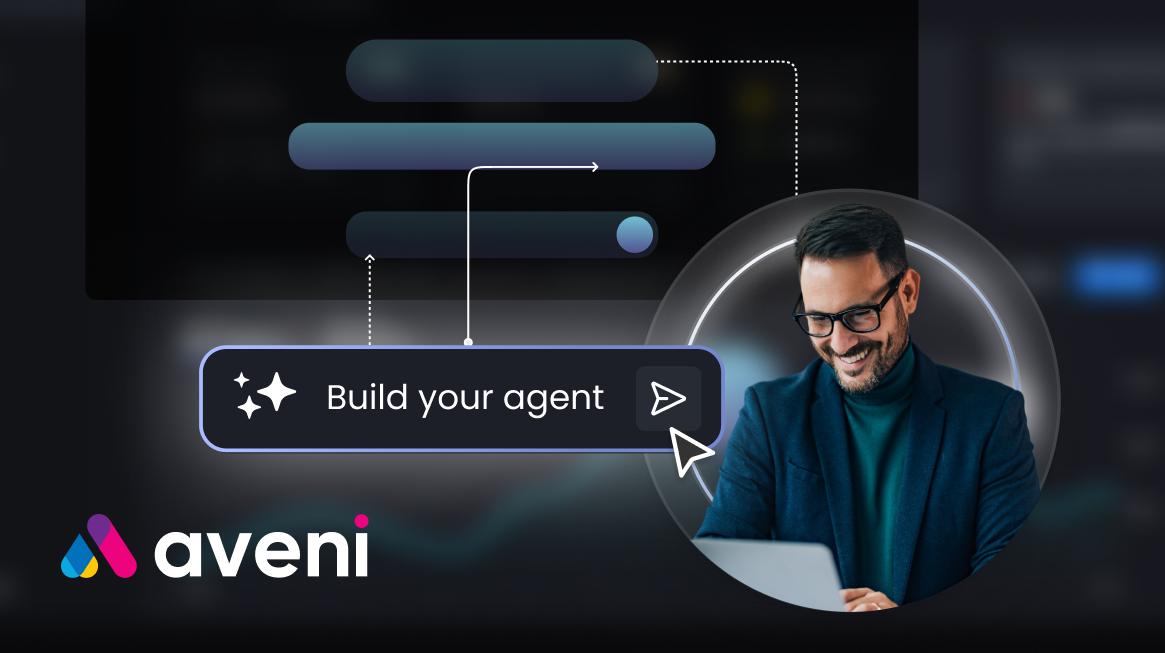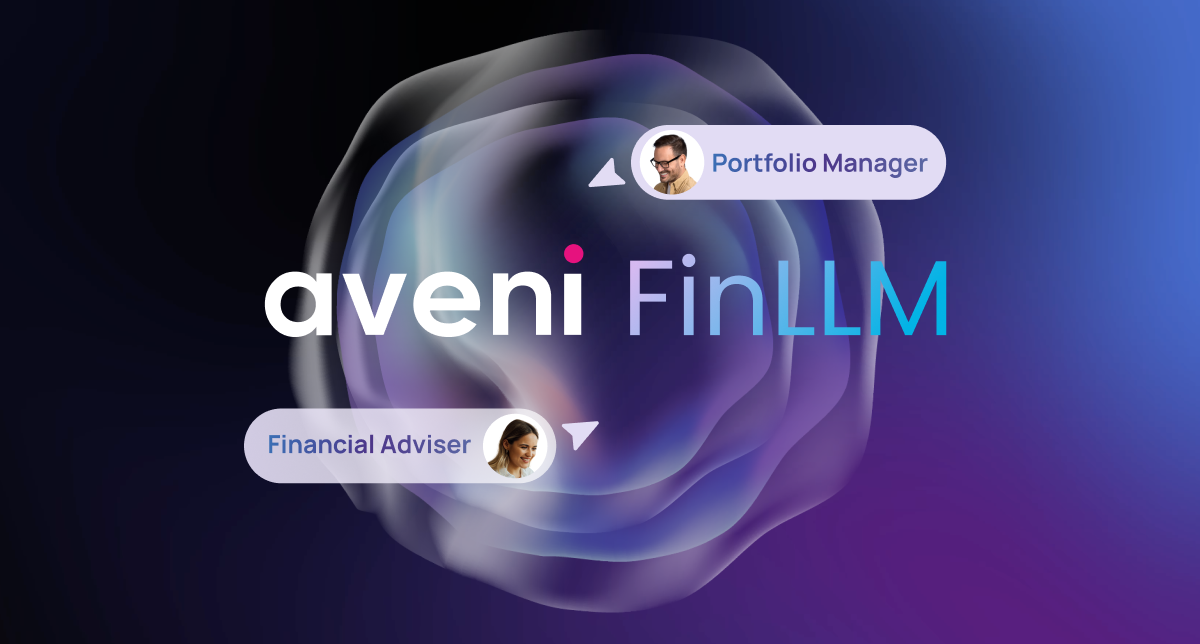What Is Agentic AI in Financial Services?
Imagine a compliance officer reviewing her twentieth suitability report of the day.
She checks the same details she checks in every file: client circumstances, risk assessment and justification of the recommendation. Each review takes 20 minutes. She has fifty more files waiting.
Now imagine this instead.
Before she opens the file, the system has already verified every detail, flagged any gaps and highlighted inconsistencies. She reviews the findings, confirms the outcome and moves on.
Time per file: 3 minutes.
This shift describes the core idea behind agentic AI. It marks the move from AI that simply assists to AI that completes structured work on its own, while staying within clearly defined limits.
The Impact of Agentic AI
AI in financial services has offered summaries, highlights and suggestions. It helped people complete tasks. It did not complete those tasks by itself. That is now changing. Agentic AI handles whole workflows from start to finish, leaving the person to check the outcome rather than carry out the full process.
This blog explains what agentic AI means in practical terms, why the timing matters and how firms can prepare.
From Tools to Agents: Understanding the Difference
The difference between AI tools and AI agents is simple. It is the difference between receiving information and receiving completed work.
Traditional AI tools provide outputs.
They summarise a call transcript or highlight possible compliance gaps. The person still takes the next step.
Agentic AI completes the sequence.
It gathers relevant data, applies rules, generates documentation, prepares files for review and records each step for audit purposes. The person checks the result.
Here is how this looks in practice. An adviser finishes a client meeting. An agentic system:
- analyses the meeting recording
- extracts key facts
- checks those facts against existing client records
- reviews the advice against suitability requirements
- creates a first draft of the report
- identifies gaps or inconsistencies
The adviser reviews, corrects and approves.
From Tools to Agents: Understanding the Difference
The difference between AI tools and AI agents is simple. It is the difference between receiving information and receiving completed work. Traditional AI tools provide outputs. Agentic AI completes the sequence.
Work that once took an hour now takes fifteen minutes. The evidence trail is stronger. Compliance gaps are fewer. The adviser spends their time on judgement, not administration.
For this to work reliably, several conditions must be in place:
- clear boundaries that define what the system is allowed to do
- structured and accurate data
- human review before client impact
- domain understanding, which ensures the system interprets financial advice correctly
Generic AI models struggle with regulatory nuance. Financial services requires precision.
Aveni focuses on building domain-specific models that understand financial advice workflows and operate safely within them, while providing full transparency and control at every stage.
Why Agentic AI Is Emerging Now
Operational pressure in financial services has increased sharply.
Consumer Duty has raised expectations for evidence and suitability. Fraud attempts have grown more complex. Documentation workloads continue to rise across advice networks, wealth managers and retail banks. At the same time, recruitment is difficult and costs are rising.
Many firms say the same thing. Their processes have become heavier, but their teams have not become larger.
One head of operations put it clearly:
“We are asking highly qualified advisers to spend hours each week on tasks that follow the same pattern every time. Their expertise should go to clients, not to re-entering data.”
– Head of Operations, UK Enterprise Financial Firm
Rules engines can automate simple decisions, but they fail when scenarios involve many variables and require contextual understanding. Human teams remain essential, but much of their time still goes to repetitive, low judgement tasks.
This is the gap agentic AI fills. It delivers accuracy, auditability and speed on structured work, while leaving judgement and final decisions to trained professionals.
Several UK firms are already piloting agentic systems. Aveni is working with advisers and compliance teams to understand where autonomy is safe, where it adds value and where human oversight must remain.
Where Agentic AI Works Today
Agentic AI is already being deployed across several financial services workflows. The examples below show how autonomous systems are being used in controlled environments.
Client Meeting and Documentation Workflows
Meeting documentation is one of the most time consuming parts of financial advice. Advisers spend hours writing up notes, checking details and drafting reports.
An agent can:
- capture the client meeting
- extract goals, needs and circumstances
- match these details against the recommended products
- draft a suitability report
- update the CRM
The adviser reviews the result before it is shared with the client. The agent handles structure and detail. The adviser applies judgement.
Fraud Detection and Transaction Monitoring
Fraud teams often deal with hundreds of alerts a day. Only a small proportion represent genuine attempts, yet each one requires attention.
Agentic systems can:
- monitor transactions continuously
- identify patterns linked to known fraud types
- gather supporting evidence
- send high confidence cases directly to an investigator
- block transactions that meet predefined risk thresholds
The agent completes the scanning and evidence work. The analyst focuses on complex cases. Response times improve and losses reduce.
Compliance and Quality Assurance
Compliance teams face growing workloads and limited capacity. Manual checks are slow and inconsistent.
Agentic AI can:
- review documentation against suitability criteria
- check information for completeness
- cross reference client circumstances with recommendations
- flag inconsistencies
- generate a summary for the compliance officer
Every action is recorded. Every check is traceable.
The compliance officer focuses on the flagged cases and confirms results with confidence.
Operations and Adviser Support
Operations teams manage hundreds of routine tasks each week. These tasks are short but consume significant time.
An agent can:
- schedule client reviews
- gather documents from the CRM
- check for missing information
- prompt advisers for confirmation
- prepare a draft agenda
- update records across systems
The adviser reviews and approves. The agent completes the administrative steps.
The adviser spends more time with clients and less time on repetitive work.
Keeping Agentic AI in Financial Services Safe
Autonomy in financial services must always be controlled. Firms implementing agentic AI build strict governance into their systems.
Key controls include:
- Role-based permissions, which define who can approve specific actions
- Audit logs, which record every step the agent takes
- Activity constraints, which limit what the agent can do without review
- Approval gates, which ensure outputs such as client letters or regulatory documents are always checked by a person
Aveni’s work on transparency and model evaluation shows how these controls operate in practice. Agents must explain their reasoning, show their confidence levels and escalate tasks when they are uncertain. They are designed to avoid guessing.
This approach balances speed with accountability. Agents act within their remit. Humans retain control of decisions that require experience, discretion or regulatory responsibility.
The result is faster work without reduced safety.
How Firms Can Prepare
Firms that move early on agentic AI share three common steps.
How Firms Can Prepare
1. Map your processes
Identify workflows that are repeatable, high volume and well documented. These tasks deliver the fastest return when automated.
One transformation lead described their approach in a simple way:
“We listed every task that made advisers ask, why am I doing this again. Those became our starting point.”
2. Improve data quality
Agentic systems depend on structured and accurate data. CRM hygiene, documentation standards and consistent tagging all influence performance.
One firm spent three months improving its client records before deploying agents. The system delivered accurate outputs from the first day because the inputs were reliable.
3. Build internal capability
Teams should define approval processes, escalation rules and audit requirements. They should monitor model performance and refine behaviour over time. Clear change management helps staff work alongside autonomous systems rather than resist them.
Early adopters are already blending prediction, judgement support and autonomous action in a single workflow. These systems do not replace people. They change how work is divided, so human expertise is used where it matters most.
What Comes Next
Agentic systems will not simply improve existing workflows. They will reshape them.
Tasks that once required multiple handoffs and manual checks will be completed faster, more consistently and with stronger audit trails.
Human review, compliance oversight and transparent design remain essential. Regulation requires it. Clients expect it. Firms depend on it. The purpose of agentic AI is not to remove people, but to remove friction.
Firms that understand and prepare for agentic AI now will be well positioned as this approach becomes standard across the sector. Those that wait may find themselves competing with organisations that operate faster, more accurately and at lower cost, while maintaining full control and compliance.
The compliance officer reviewing her twentieth report of the day will still be reviewing reports, but she will be reviewing sixty instead of twenty. Her time will go to the cases that genuinely need her expertise.
That is the promise of agentic AI. It does not replace judgement. It frees it.
Learn how your firm can prepare for agentic AI
Discover how Aveni helps financial services firms deploy autonomous systems safely within regulatory frameworks












